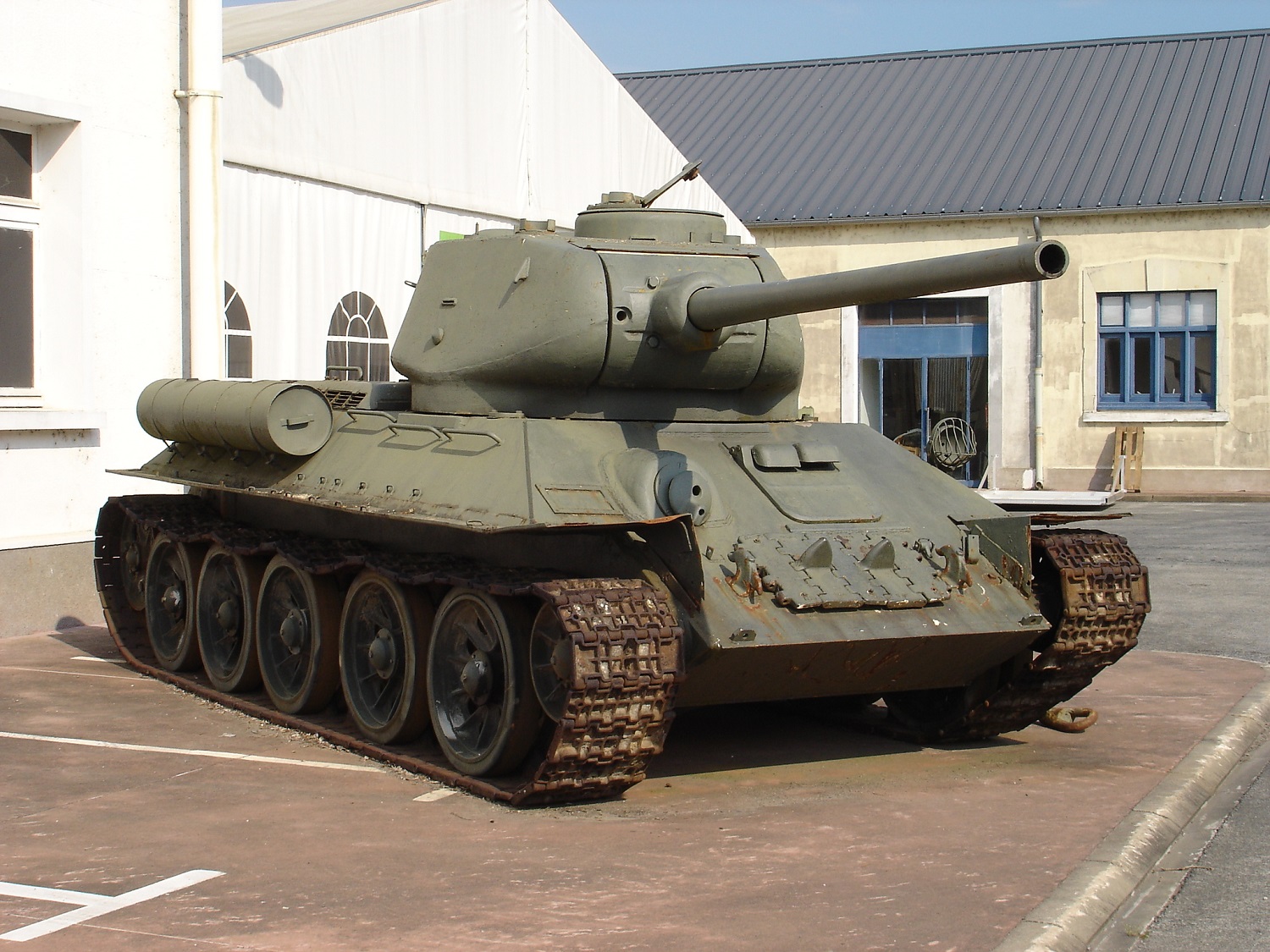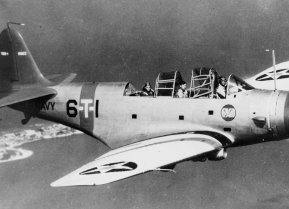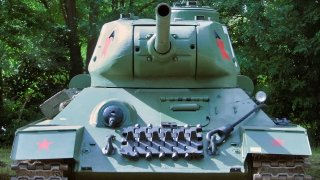T-34: The Tank from Russia That Won World War II?
The Russian or Soviet T-34, according to many experts, was one of the best tanks of World War II. Some even argue it was the best of its era.
The Soviet-era T-34 main battle tank made headlines back last year when it was the only Russian armored vehicle present during the country’s annual Victory Day celebration.
Typically, Moscow lines Red Square with hundreds of its best military platforms to celebrate the Soviet victory over Nazi Germany during the Second World War. Last year, however, the lone WWII relic carried the show on its turret. The Kremlin has worked hard to purchase remaining T-34 tanks from Laos and Vietnam in order to display these antiquated but historically significant MBTs for public use. While the T-34 may have been a formidable powerhouse in its heyday, the tank’s presence at Moscow’s Victory Day parade further emphasizes Russia’s diminishing stockpile of heavy weaponry.
A Brief History of the T-34 MBT
In the late 1930s, the Soviets’ two premiere tanks, the T-26 and the BT series, were derived in part from foreign designs. American engineer J. Walter Christie created the suspension system used in the American-made M1928 tank, and this was also utilized in the BT tanks.
Additionally, the T-26 was based on the British Vickers 6-Ton armored vehicle. Around this time period, the Soviet Army tasked a domestic engineer to create a new tank design that could replace the BT MBTs. T-34 tanks took over production lines by 1940.
Specs & Capabilities
Perhaps the T-34’s greatest step forward from its predecessors was its high degree of mobility. Compared to the T-26 and the BT MBTs, the T-34 had a much better cross-country performance due to its American-inspired coil suspension. The USSR’s previous tanks featured leaf-spring suspension systems, which were simply less dynamic. The T-34 could attain 32 miles per hour, a relatively decent pace for MBTs of the era.
Another significant design feature was the T-34’s wide treads. MBTs at the time were famously vulnerable to sinking into soft earth while traveling. The T-34’s treads, however, lowered ground pressure and more effectively supported the tank’s weight. Weapons-wise, the T-34 sported a 76.2mm gun, often referred to as the T-34/76. Over the years, a second iteration of the tank entered production featuring a larger 85mm gun that was better suited to counter enemy MBTs.
The T-34, according to many experts, was one of the best tanks of World War II. Some even argue it was the best of its era.
The T-34 Had Its Flaws
As detailed in a previous piece, the T-34 had “notoriously uncomfortable ergonomics and a cramped turret.” Then there was the issue of task saturation for the tank commander, “who doubled as a loader, a gunner, a driver and a machine-gunner/radio operator.

This meant the tank commander had to do double-duty — or triple duty if he was also a unit commander.” Additionally, radios were only provided to officer MBTs during the T-34 era, meaning that instructions or warnings had to be passed through signal flags or by voice. This meant T-34s had to stick closely together and could not change course quickly.
While the T-34 had been largely relegated to museum duties, Moscow has been forced to bring out other antiquated armored vehicles from storage to aid its offensive efforts in Ukraine. For this reason, perhaps only museum-ready MBTs are available to the Kremlin as the invasion rages on.
About the Author
Maya Carlin is an analyst with the Center for Security Policy and a former Anna Sobol Levy Fellow at IDC Herzliya in Israel. She has by-lines in many publications, including The National Interest, Jerusalem Post, and Times of Israel. You can follow her on Twitter: @MayaCarlin.
All images are Creative Commons.


